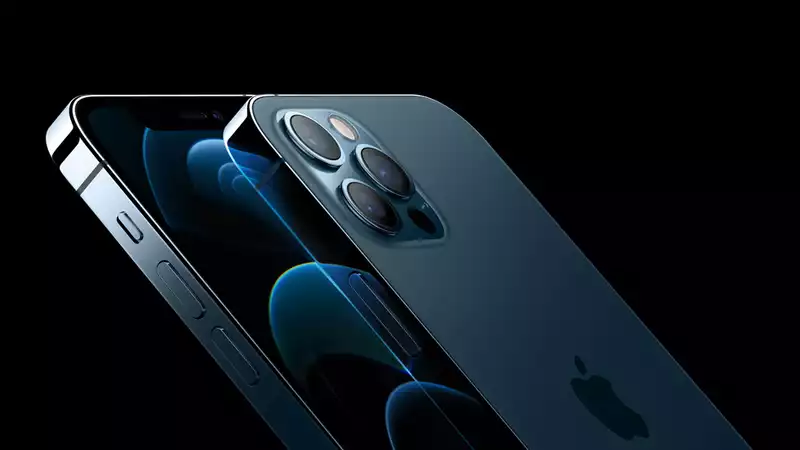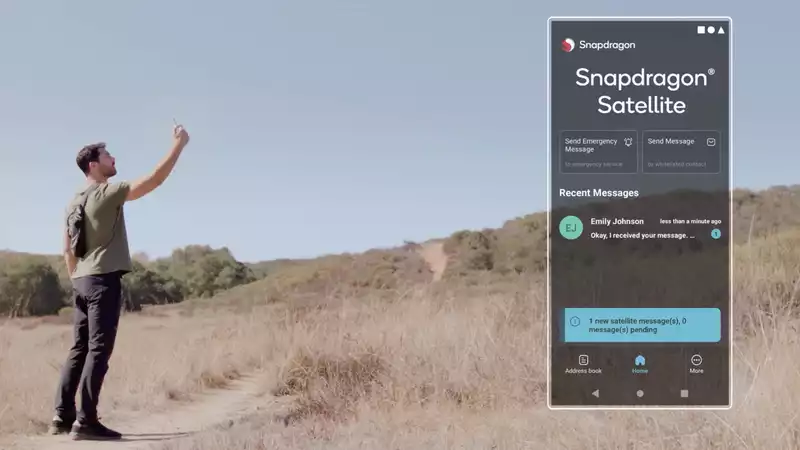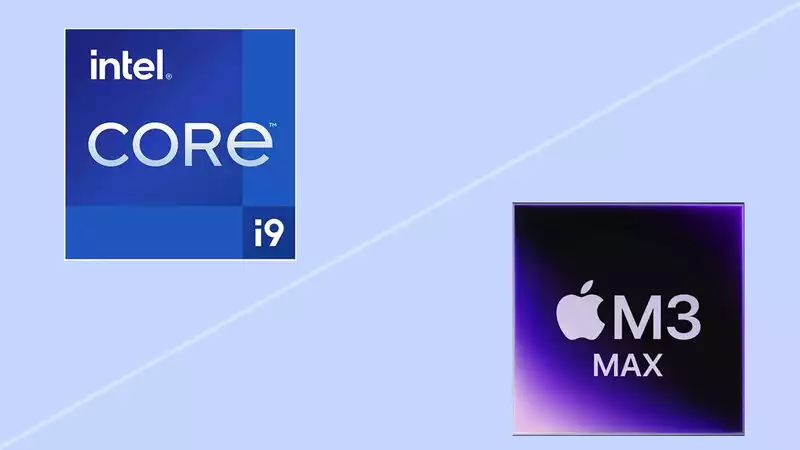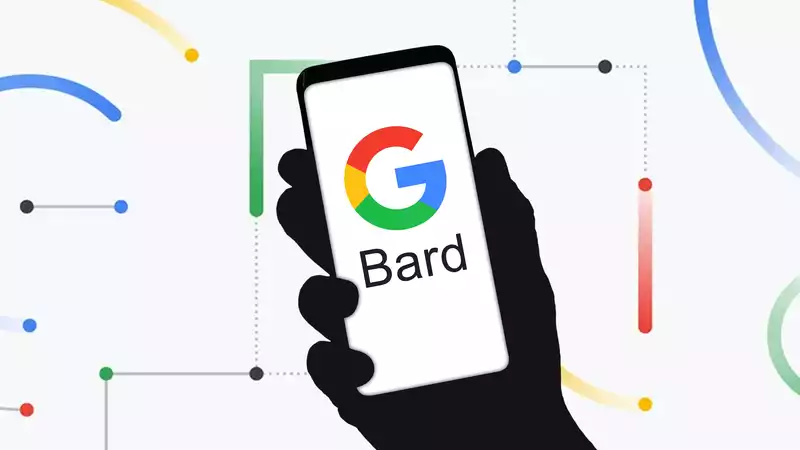Apple's iPhone 12 Pro promises serious photography capabilities over both the previous model and the standard iPhone 12. And with that upgrade comes the debut of Apple ProRAW.
This new image format is designed to take advantage of the upgraded triple rear camera array on both the iPhone 12 Pro and iPhone 12 Pro Max, which also includes a LiDAR sensor to gather more image information.
Smartphones have long been able to shoot in RAW format, but this custom Apple format may usher in a new way to capture data-rich photos while taking advantage of Apple's powerful image processing What to Know About Apple ProRAW Here's what you need to know about Apple ProRAW.
When you take RAW photos with a smartphone or DSLR camera, you capture a completely uncompressed image. These files are usually much larger than the standard JPEG photos that many DSLR cameras and cell phones capture by default.
Because these uncompressed images capture more image data, the file size is much larger, meaning that there is more room for editing after the shot is taken. Professional photographers tend to shoot in RAW format and use photo editing software such as Photoshop to process their photos into images suitable for viewing in digital or physical formats.
However, shooting in RAW means that all the computational photography that a smartphone applies to a camera shot is not applied to the captured image. This means that in order to get features like advanced HDR photo processing, one would have to shoot in a processed image format like JPEG, losing the ability to deeply manipulate the image in editing software.
Essentially, the RAW or JPEG formats require some form of compromise in either convenience or editing depth. However, Apple's ProRAW format aims to remove these compromises.
Simply put, ProRAW captures a RAW image, but applies some image processing on top of it. This includes merging frames from multiple shots taken with the iPhone 12 Pro's camera, using Apple's Deep Fusion and Smart HDR technologies, and applying noise reduction. However, there is still room to edit color, exposure, contrast, etc. at the same depth as the RAW format.
Think of it this way: creating a finished image from RAW is like cooking a meal from scratch, including the preparation of all the ingredients. A JPEG image, on the other hand, is a cooked dish. So, to use this analogy, ProRAW is like cooking a meal, with all the ingredients measured out and ready to use. In effect, ProRAW preps the image and makes it easier to edit the image into the final photo.
ProRAW can be thought of as a photo editing aid. By adjusting things like white balance and using Smart HDR 3 to extract details and textures from RAW photos, a better base image can be created and edited on top of it.
In this way, the tedious process of editing a RAW photo from scratch can be avoided. An unprocessed RAW image can look a bit flat and disappointing, and it can be difficult for someone unfamiliar with photo processing to fine-tune it to their satisfaction. [ProRAW takes care of the hard part of getting the image into a more polished, editable form, leaving the finer, artistic tweaking to manual editing. who do not use or manipulate RAW images.
Nevertheless, if you are a professional or experienced photographer, shooting with an iPhone 12 Pro rather than a DSLR, ProRAW can greatly reduce the time it takes to go from a RAW image to a finished photo.
Smartphone photography has come a long way, and even mid-range models can produce impressive photos. But in terms of photo fidelity and quality, it still can't compete with DSLRs. And ProRAW will not change that.
But it can be seen as a neat evolution of smartphone photography, providing the tools to tackle deeper image manipulation, while backed up by powerful computational photography.
We have yet to try ProRAW with the iPhone 12 Pro, but it is definitely an interesting feature. And if it proves to be a powerful tool to improve smartphone camera photography, we can expect other smartphone makers like Samsung, Sony, and OnePlus to develop ProRAW on their own.
With ProRAW, the iPhone 12 could raise the bar for smartphone photography. This means that upcoming phones like Samsung's Galaxy S21 will need to raise the bar on cameras in 2021.
.









Comments